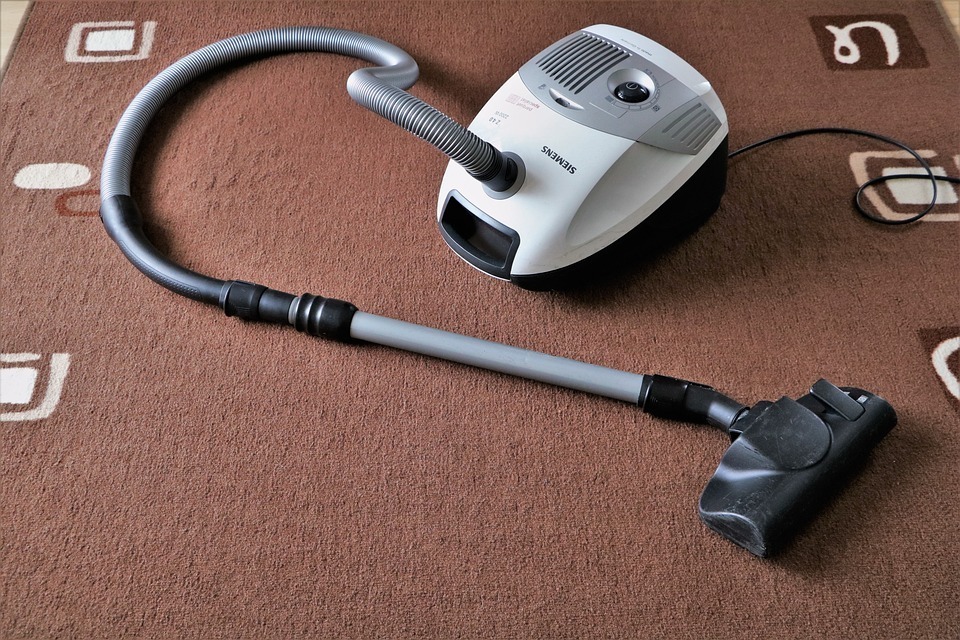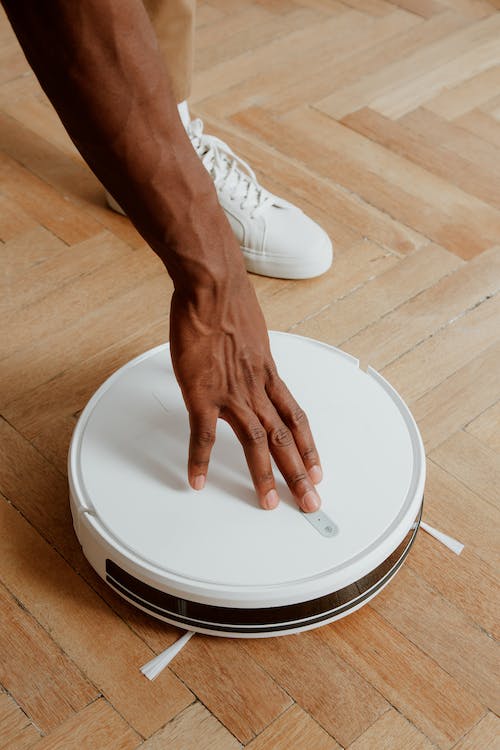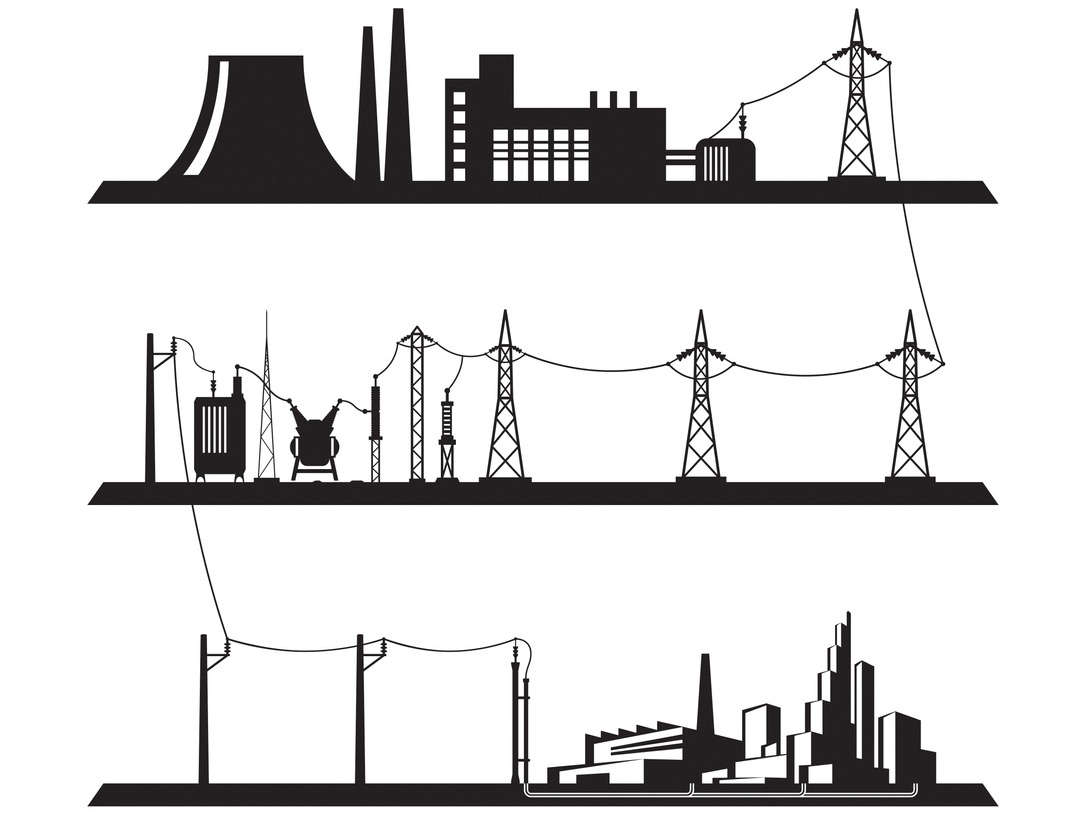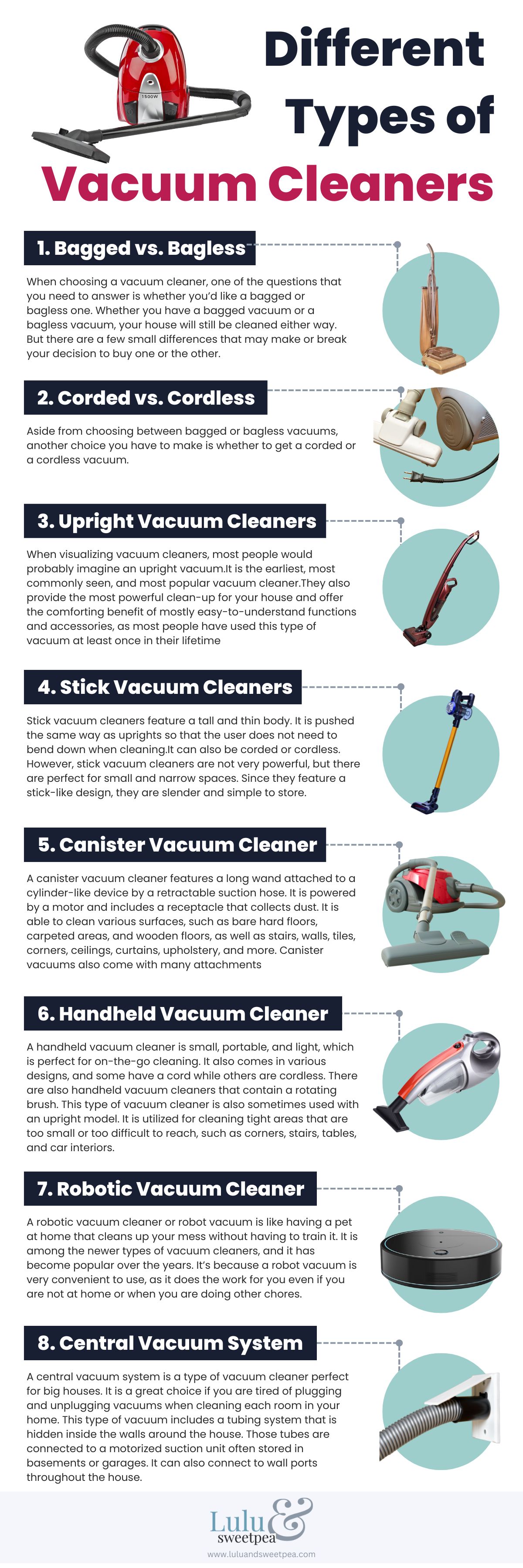Vacuum cleaners have become an essential part and ubiquitous in households across the world. There is an incredible variety of sizes, shapes and types of vacuum cleaners, but they all have something in common — they have the potential to cause harm if not used correctly. Using one may seem like a relatively safe activity, but if instructions are not followed, there can be a risk of harm to both people and property.
These appliances can cause cuts, burns, and other injuries, and may even cause structural damage if used or maintained improperly. In this post, we’ll discuss the top safety tips for using vacuum cleaners with the aim of keeping you and your home safe.
We’ll look at issues such as using the right vacuum for the job, correct cord management, and preventive maintenance. Plus, we’ll discuss the risk of fire and other safety tips related to using a vacuum. We will provide you with the necessary tips to ensure that your vacuum cleaner is used safely and properly. By the end of this post, you’ll have the essential knowledge you need to use a vacuum safely and effectively.
Preparing to Use a Vacuum Cleaner
When it comes to ensuring the safety of your home and family, it is essential to take proper precautions when utilizing any electrical device or product. Despite being one of the most common and generally safe household appliances, vacuum cleaners can still present a number of potential hazards. Especially, when used improperly or without caution. To help you stay safe while cleaning, here are our top safety tips for using a vacuum cleaner.
Read and Closely Follow the Manufacturer’s Instructions
Before you start using your vacuum cleaner for the first time, make sure to carefully read the manufacturer’s instructions. Doing so will help ensure that you understand how to use the appliance correctly and safely. When reviewing the instructions, pay particular attention to any warning signs and safety notices that are included in order to prevent the risk of injury or damage.
Check the Vacuum Cleaner for Any Damage or Faulty Parts Before Use
Before beginning your cleaning session, take a moment to inspect your vacuum cleaner. Look for any signs of damage or loose parts that may be present. This includes checking the cord and hose connection as well as examining the filter and other attachments. If you notice any signs of weakness or damage, do not use the vacuum until it has been repaired or replaced by a qualified service professional.
Choose the Right Attachment for The Job and Secure It Properly
When vacuuming larger items, such as furniture, it is important to choose the right attachment for the job in order. Doing so maximizes suction power and helps you avoid any issues regarding clogging or blockages.
When selecting an accessory, such as an upholstery tool or dusting brush, make sure that it properly fits in the hose. Be sure to secure it into position before starting up your vacuum cleaner. These measures will help ensure optimal performance and prevent any damage from occurring during operation.
Using the Vacuum Cleaner Safely
Effective and safe vacuuming requires paying attention to a few safety precautions. Always take caution when utilizing any electrical device and if in doubt about anything, always refer back to your manufacturer’s instructions for guidance. Following these simple yet effective tips will help ensure that you remain safe when using your vacuum cleaner and that your appliance operates in optimum condition for longer periods of time.
Beware of Tripping Hazards
The most important safety tip for using a vacuum cleaner is to be aware of any potential tripping hazards that may be present on the floor or carpet. Electrical cords, precarious furniture, and other items may make vacuuming difficult or hazardous. It is best to steer clear of them while vacuuming. For additional protection, be sure to store the vacuum cleaner cord in a way that prevents it from becoming tangled or damaged.
Use the Vacuum on Stable Surfaces
A vacuum cleaner should only be used on a stable surface that can support the weight of the appliance and the person who is operating it. When you are vacuuming around furniture, make sure it is secure and not likely to move. Additionally, do not place the vacuum cleaner on any surface which may not provide adequate support for its weight or may cause it to become unbalanced or unstable.
Be Wary of Electrical Hazards
Electrical hazards can occur when operating a vacuum cleaner if special care is not taken. Always keep the cord away from water, heat sources, and other objects that could cause it to short circuit or malfunction. Never attempt to vacuum wet areas using a dry vacuum as this could result in electrical shock. Moreover, always unplug the device before working on any part of it, such as attaching accessories or replacing filters. Speaking of electrical hazards, you might be interested in reading about the wonder of the electrical grid, which most of us take for granted. The electrical grid is an amazing wonder and blessing for the world and the post explains how it came into being.
Ensure Optimum Airflow
Vacuum cleaners operate best when there is plenty of space for airflow and ventilation around them. If too much dust builds up inside the device, it can clog the airways and restrict airflow inside it, causing it to overheat quickly.
To ensure optimal performance and longevity of your vacuum cleaner, be sure to keep its filters and components clean at all times by following manufacturer recommendations for routine maintenance.
Be Cautious While Handling Moving Parts
Moving parts on a vacuum cleaner can cause serious injuries if you are not careful when handling its attachments or other components. When performing any sort of maintenance on your vacuum cleaner, be sure to turn it off first and disconnect its cord from the wall outlet. Additionally, never insert any objects directly into the intake opening as this could result in electrocution or other injuries due to rotating brushes or blades found inside many modern-day vacuums.
By following these simple tips for safely using a vacuum cleaner, you can rest assured that your home cleaning experience is both effective and safe for everyone involved.
Cleaning Up After Vacuuming
Vacuums are useful cleaning tools that make it easier to clean the home. They may come in a variety of shapes and sizes with different capacities and suction power, yet all are designed to make the job of cleaning easier. You just have to be careful about picking the right vacuum cleaner for your specific needs. Here is a brief account of the different types of vacuum cleaners to help you choose:
Properly Dispose of Vacuumed Materials
It is important to properly dispose of all materials that have been vacuumed, such as dust and debris. Depending on the type of vacuum cleaner you have, the filters may need to be emptied and cleaned often.
Depending on the frequency of use, vacuums with HEPA filters should be emptied once a month or when the indicator light turns on, which signals that the filter has reached its capacity. For bagless vacuums, empty out the dust canister as required or every two weeks or if it gets too full.
If you notice any blockages while vacuuming, make sure to clear them immediately as they can cause the vacuum cleaner to malfunction and overheat.
Regularly Maintain Your Vacuum Cleaner
To prevent damage or malfunction of your vacuum cleaner, it’s important to properly maintain it. This includes regularly cleaning and replacing accessories such as brushes and filters. Additionally, check for any loose screws or parts as these can cause issues with the performance of your vacuum cleaner. It is also recommended that you wear protective eyewear while working on any electrical devices – better safe than sorry!
If your vacuum has a cord, coil it up after every use as this reduces its wear and tear. Regularly inspect it for any damage or exposed wiring that could cause an electrical hazard.
Proper Storage
Proper storage is essential for keeping your vacuum cleaner in good condition. Once you are done with cleaning and maintaining your vacuum cleaner, store it in a dry location away from excessive heat or moisture that could cause damage. Avoid storing it in direct sunlight or near radiators or air vents so as not to damage its components.
Before storing your vacuum cleaner away, it’s important to coil up the power cord so that it doesn’t become tangled or knotted, which can also damage it over time.
By following these simple safety tips for using and taking care of your machine before, during, and after each use, you can ensure that your vacuum cleaner stays in good working condition at all times.
Conclusion
Being extra cautious when using a vacuum cleaner is important in order to ensure your safety. It is also a way of protecting the appliance from damage or malfunctioning. Carefully read and follow the manufacturer’s instructions, use it on stable surfaces away from potential tripping hazards, and keep away from water or heat sources will ensure both your and the device’s safety.
Disposing off collected debris responsibly, regularly cleaning and maintaining your vacuum cleaner, and storing it properly after use helps extend its lifespan. Finally, be aware of your surroundings while vacuuming and use the safety tips provided in this blog post for a safe and efficient cleaning experience!




